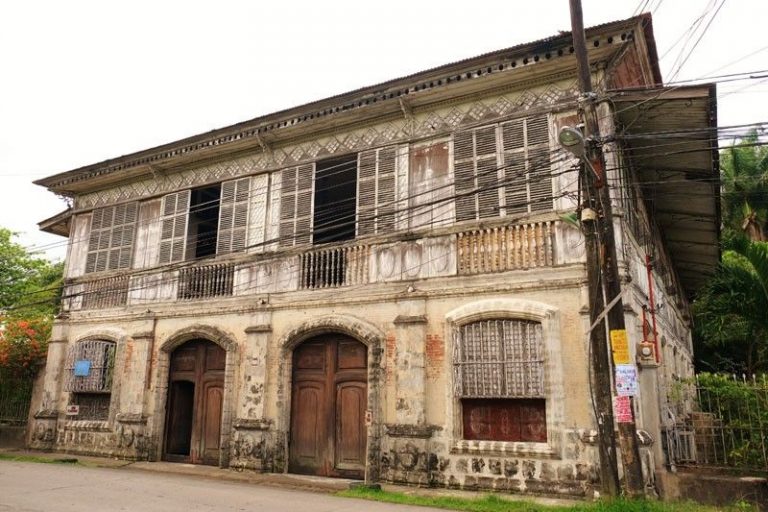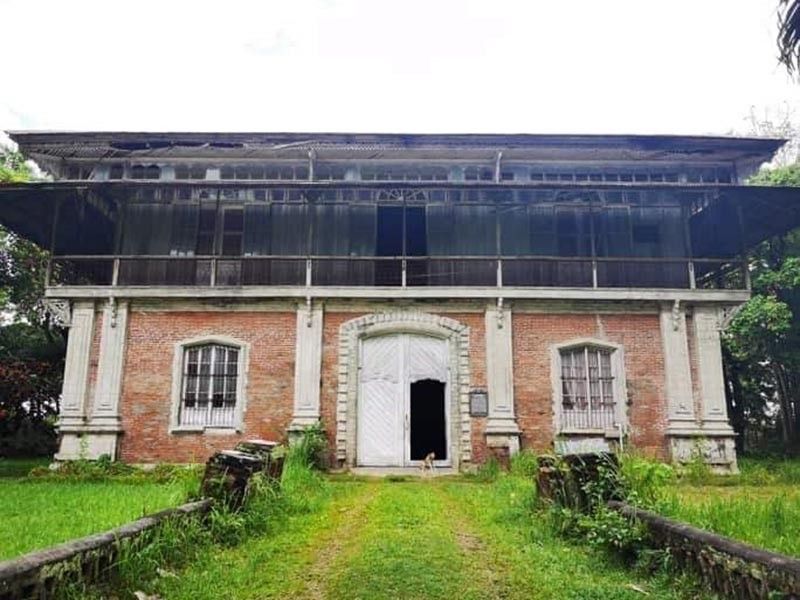Talisay City
Ancestral House
Balay ni Tana Dicang
- Talisay Tourism Office (034) 495 - 4474

- year
1883
- appearance
Tangible Immovable
- Condition
Well-preserved
- ownership
Private
- declaration
None
Doña Enrica Alunan vda. De Lizares Ancestral House or Balay ni Tana Dicang stands majestically in the heart of Talisay, Negros Occidental. Otherwise known as the bahay na bato it was built in ca. 1883 in a 6,000 square meter property. Owing to the diligence of the descendants of Don Efigenio Lizares and Doña Enrica Alunan, its original structure and authentic and antique furniture, ornaments and accessories, including the China porcelain and indigenous items in the kitchen are well-preserved to this day.
It has 18 rooms, most of which are bedrooms, the biggest being the formal living room and dining rooms. One or two of which were permanently assigned to their regular guests like the late Presidents Manuel L. Quezon and Sergio Osmeña, who had made the Lizares home the presidential abode in that part of Negros. One can almost imagine two late Philippine presidents actually sleeping and dining in the house, and perhaps how the policies in the sugar industry, at the time, were crafted.
Ancestral House
General Aniceto Lacson Ancestral House
- Talisay Tourism Office (034) 495 - 4474

- year
1930s
- appearance
Tangible Immovable
- Condition
Needs Restoration
- ownership
Private
- declaration
Level I – National Historical Landmark
The Ancestral House built by General Aniceto Lacson in the 1880’s is a fine example of a 19th century Philippine Architecture known as “Bahay na Bato” or House of Stone. Uniquely, it has a balcony that surrounds the entire 2nd floor giving a panoramic view of its surroundings has its own chapel at ground level. As most Negrenses would know, General Aniceto Lacson was among those who successfully led a province-wide Katipunero revolt against the Spanish garrison in Bacolod City on November 5, 1898. When the Spanish forces surrendered, he was chosen as President of the short-lived Cantonal Republic of Negros. Today, Negros Island celibrates as an official holiday, “Cinco de Novembre” on November 5 to commemorate the surrender.
During his tenure as President of the Cantonal Republic of Negros, General Aniceto held office in this ancestral house. During those years, he was visited by General Emilio Aguinaldo, Andres Bonifacio, Antonio Luna, Emilio Jacinto, Claro M. Recto, President Manuel Quezon, President Sergio Osmeña, among other dignitaries. It is no wonder that in March 13, 2002, the National Historical Institute (NHI), thru Board Resolution No. 2, 5. 2002 declared the General Aniceto Lacson Ancestral House as a NATIONAL HISTORICAL LANDMARK, as provided for by a Presidential Decree.




